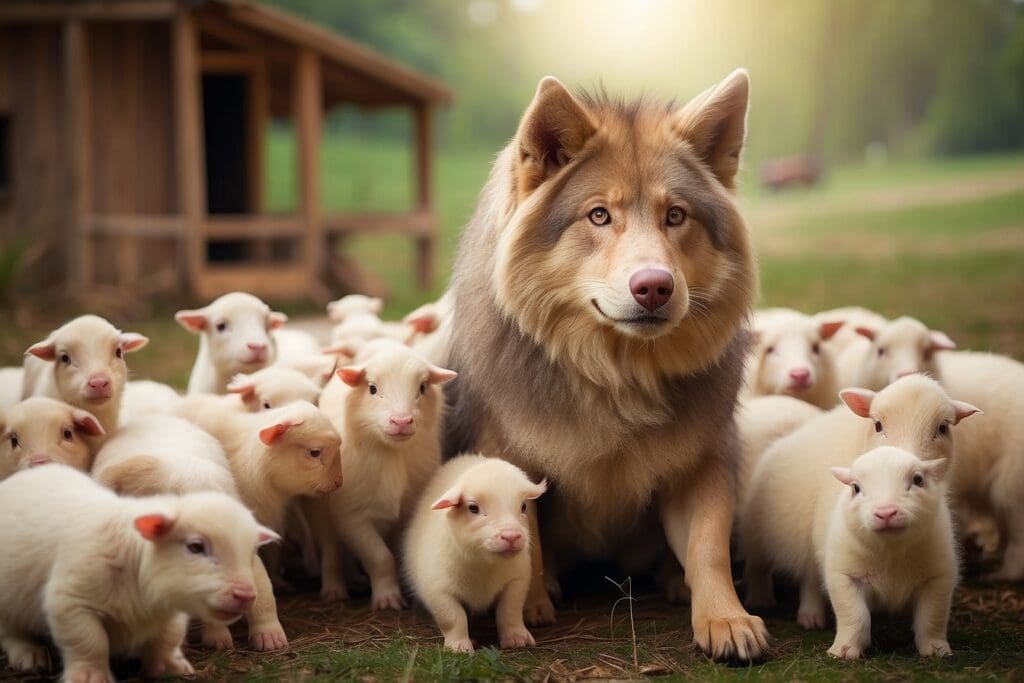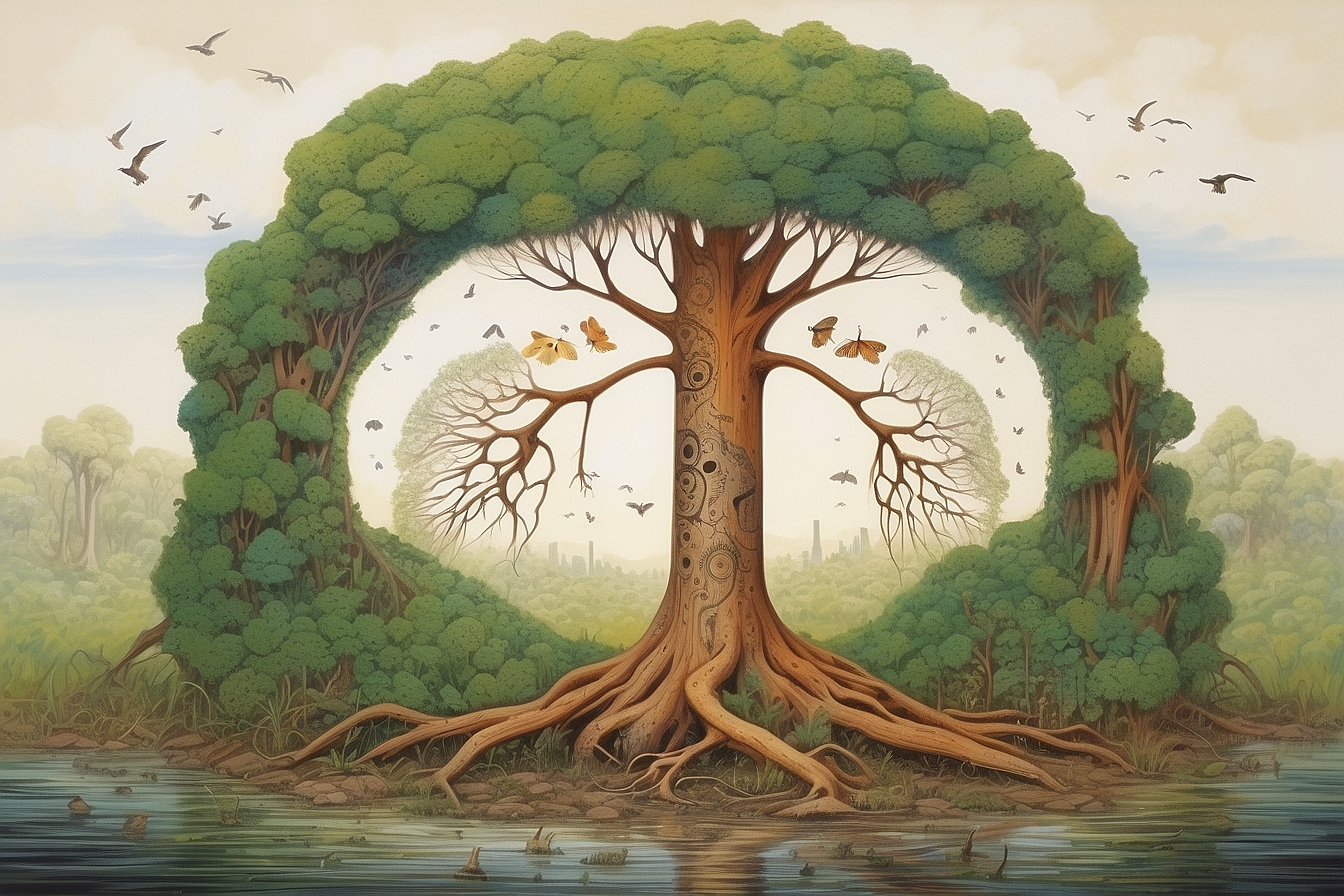Food sources, they have and always will be the key to human survival. In addition to agriculture, the domestication of animals was an incredibly important step in the evolution of human society. What was the process of domesticating certain animals like? Greger Larson, an expert on genetics and domestication at Durham University, states, “My working hypothesis is that with most of the early animals—dogs first, then pigs, sheep, and goats—there was probably a long period of time of unintentional management by humans.” Larson adds that domestication “implies something top down, something that humans did intentionally.”1 Now, there are certain conceptions about species of domesticated animals, such as pigs, chickens, and cows. But what were these species like before becoming barnyard animals?
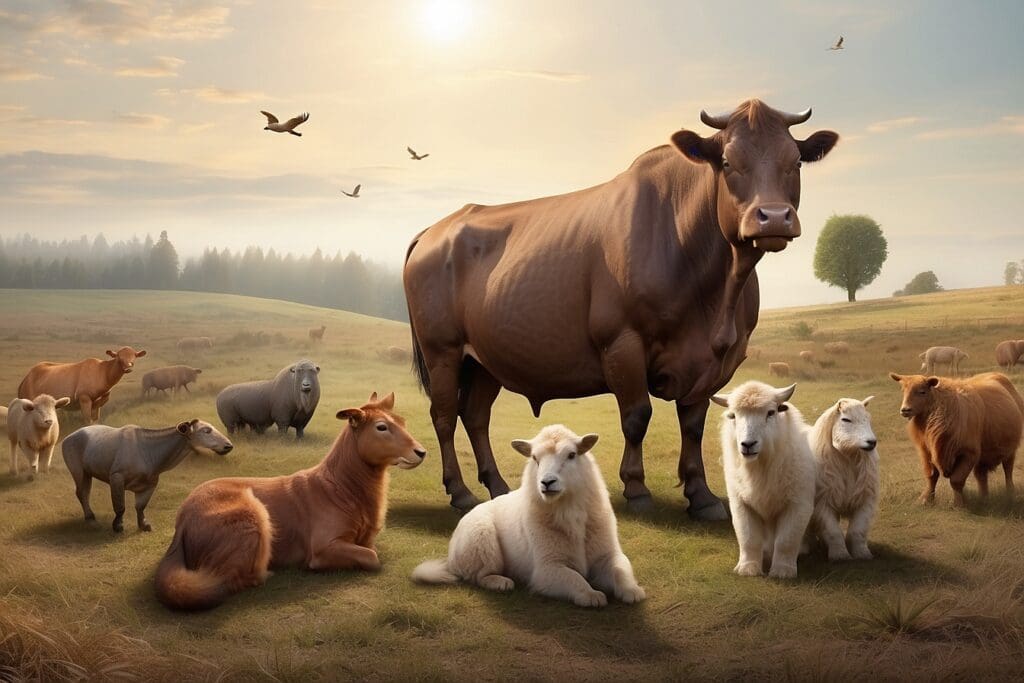
Wild Boar
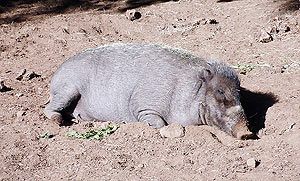 iResearchers believe that wild boars were domesticated twice, both in Europe and in Asia, around 9,000 years ago. We often think of pigs as smelly, eating their own feces, and covered in mud. But what are wild boars like, the ancestors of the modern pig? It turns out that many of domesticated pigs’ seemingly unsanitary habits have more to do with the living situations they are put in than their actual routines. While wild boars are omnivores, 90% of their diet is comprised of plants. In fact, wild boars take the cleanliness of their food very seriously. This behavior was tested with a group of wild boars at the Basel Zoo in Switzerland. The boars were given apple slices covered in sand, which the boars promptly carried over to the stream in their enclosure to wash off before eating.2
iResearchers believe that wild boars were domesticated twice, both in Europe and in Asia, around 9,000 years ago. We often think of pigs as smelly, eating their own feces, and covered in mud. But what are wild boars like, the ancestors of the modern pig? It turns out that many of domesticated pigs’ seemingly unsanitary habits have more to do with the living situations they are put in than their actual routines. While wild boars are omnivores, 90% of their diet is comprised of plants. In fact, wild boars take the cleanliness of their food very seriously. This behavior was tested with a group of wild boars at the Basel Zoo in Switzerland. The boars were given apple slices covered in sand, which the boars promptly carried over to the stream in their enclosure to wash off before eating.2
Similar to domesticated pigs, wild boars do lay in mud. This behavior is due to the fact that neither has sweat glands, meaning they are often in danger of overheating. Since muddy water evaporates more slowly than clear water, pigs and boars sit in muddy water to keep cool. The layer of mud also serves as a sunscreen and insect repellent.3
Jungle Fowl
The chicken as we know it was domesticated from a jungle species called the jungle fowl. Jungle fowl still live in the bamboo forests of India and Southeast Asia, roosting up in the trees. Around 8,000 year ago, people began to bring the jungle fowl into the villages. While the reason is not known for sure, researchers speculate that the jungle fowl were initially brought for cockfights and to be used as oracles, not to be eaten. The practice of using chicken bones to predict the future spread from Southeast Asia to Africa and even South America.4
Jungle fowl are very particular about choosing their mates. Males prefer females they know well, while females prefer males that call louder when they are afraid. Jungle fowl also organize themselves into a strict hierarchy. Interestingly, all of these attributes carried over to domesticated chickens. In fact, chickens can recognize up to 100 “chicken faces” in order to understand their place in the hierarchy.5
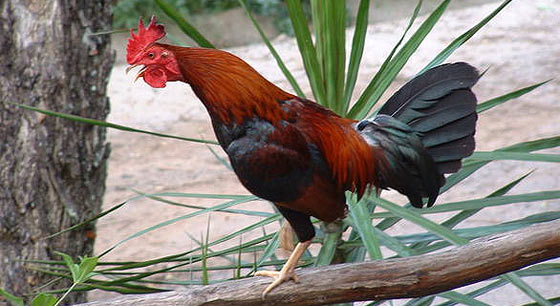 ii
ii
Today, chickens are often packed into factory farms. They are twice the size of their jungle fowl ancestors, and they produce almost 80 times as many eggs per year. While chickens have been bred to be fat for eating, they have also been bred for several other traits. In some circumstances, they have unfortunately been bred to be aggressive for cockfighting. In Japan and Great Britain, they were bred for their beauty; one variety was even bred to have a 2.75-meter long tail.6
Aurochs
Domesticated cows provide us with a protein source, dairy products, leather, and manure for fertilizers. While there are over 1.3 billion cows in the world today, the first cows were not easy to domesticate. After extracting DNA from an Iranian archaeological site dating around 10,500 years ago, researchers believe that the original domesticated population was only 80 cows because the difference between the ancient DNA sequences and the modern sequences is extremely small. Therefore, the researchers explained in Molecular Biology and Evolution, the domestication process seems to be very slow, adding two new cows each generation over 1,000 years.7 It is astounding that the species did not go extinct due to a genetic bottleneck.
Researchers believe that the original domesticated population was so small because the cow’s ancestors, the aurochs, were difficult to domesticate. The large size and aggressive personality of aurochs would have made capturing and containing them difficult for mobile hunter-gatherer societies.8 In fact, aurochs stood six feet tall at the shoulder.9 Co-author of the research Joachim Burger explains:
The two sites showing the earliest signs of wild aurochs domestication – Dja´de and Çayönü – are less than 250 km apart. The closeness of these sites permits local exchange of wild / early domestic cattle management skills, and possibly the cattle themselves, and adds support to the hypothesis of a restricted origin of taurine cattle in the Levant.10
By the 13th century, the aurochs population had decreased dramatically due to their habitat range being hindered by human expansion. The last aurochs died in Poland in 1627. In the 1930s the Nazis attempted to recreate the aurochs to use as a symbol of strength and aggression in their propaganda. They crossbred Spanish fighting bulls with several other cattle species, and while the resulting Heck cow was aggressive in nature, it never reached the size of an aurochs.11

